Vietnamese handicrafts Sourcing. Looking for wooden handicrafts manufactured in Vietnam ?
Vietnam’s wood exports amount to $12B/year, and each year, millions of tons of wood are exported. This guide will focus on furniture and other wood products manufactured in Vietnam, including bamboo handicrafts.
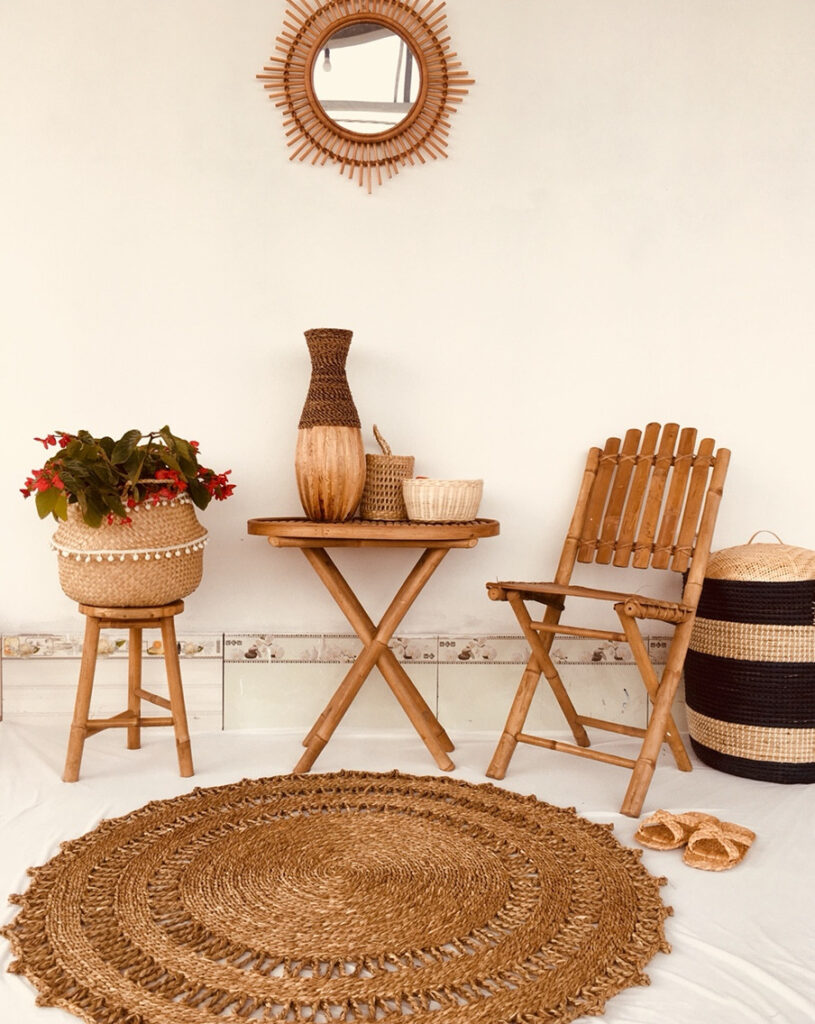
Mentioned Products
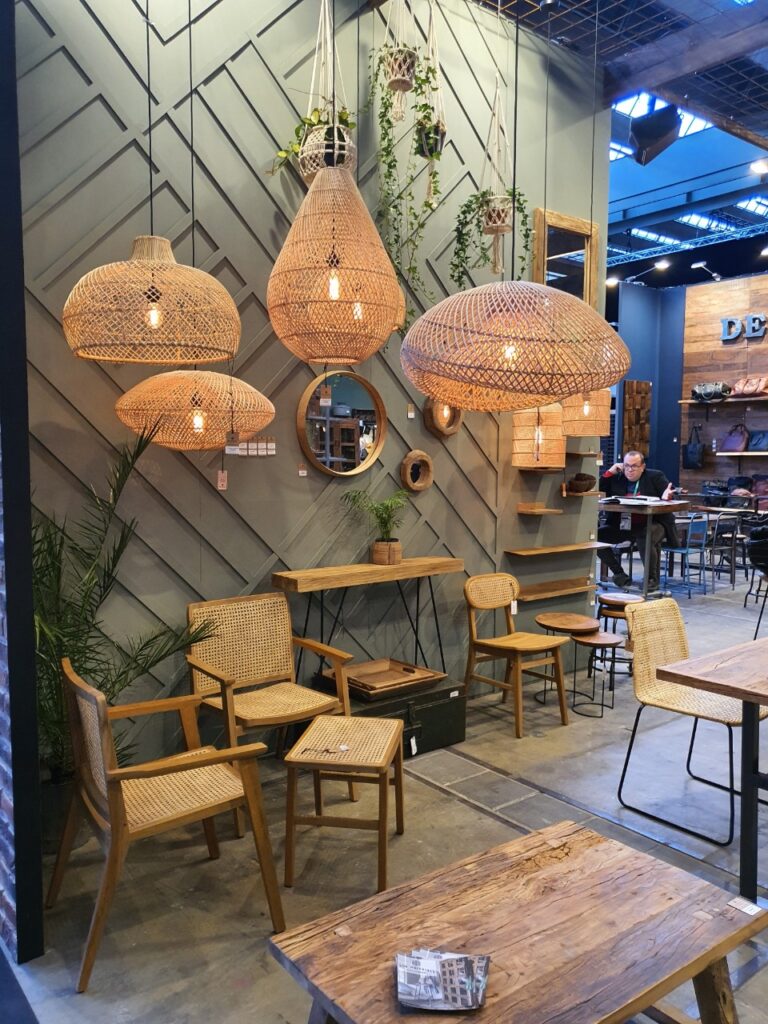
- Toys
- Kitchenware
- Souvenirs
- Cutlery
- Bamboo products
- Boxes
- Household products
- Display products
- Wall clocks
- Picture frames
- Sculptures
- Toothbrushes
- Coconut products
Forests In Vietnam: Types Of Wood
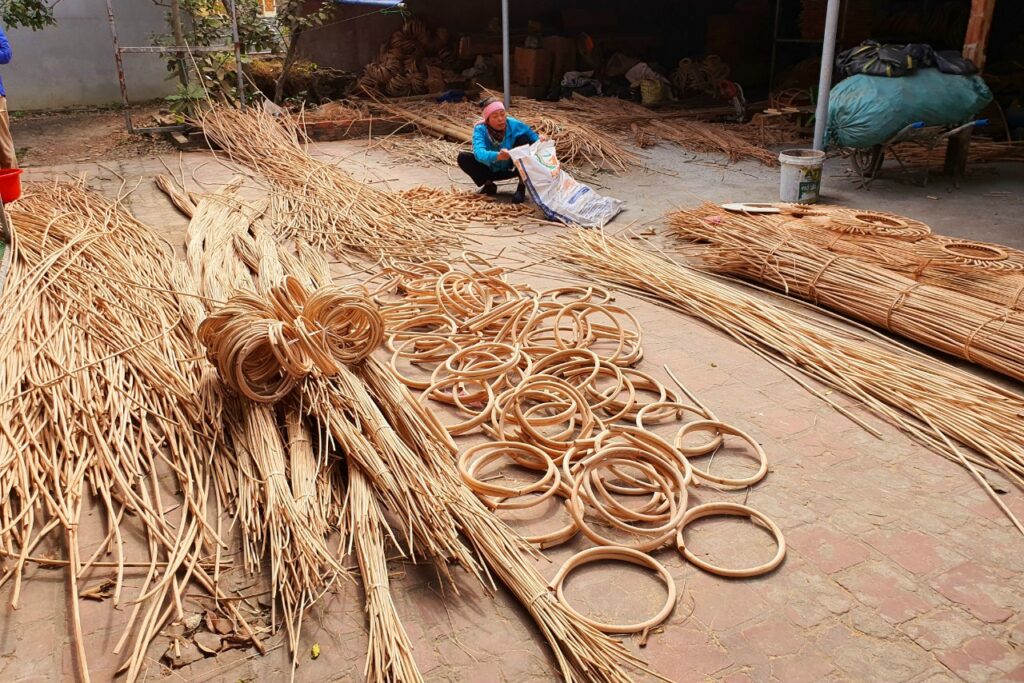
Vietnam has rich and biodiverse forests where there are millions of species represented, including many endemic species. There are a dozen eco-systems in the country that help suppliers source the exact wood needed. The largest biological group is the tropical evergreen rainforests, where there is rich vegetation with plenty of biodiversities.
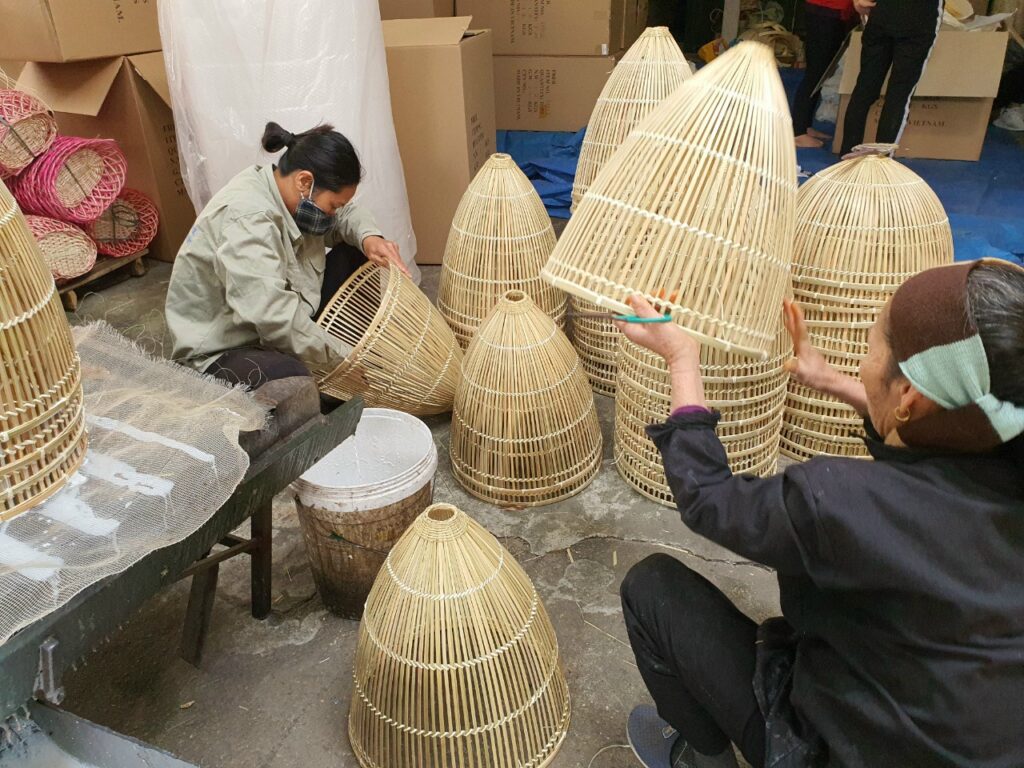
The distribution of forest area by type is the following:
- Timber: 8,9M hectares.
- Mixed forests (bamboo and timber): 1,14 million hectares.
- Bamboo forests: 0,24M hectares.
- Areca (palms/coconut trees): 0,0004M hectares.
Vietnam has evergreen forests on the limestone mountains – many shared with China. There are also deciduous forests in Vietnam with a year-long dry season that have Dipterocarp tree species. On the coast, there are mangrove forests. Melaleuca forests are found in areas with waterlogged conditions near the Mekong River. There are also bamboo forests where suppliers can extract bamboo locally.
Bamboo Industry In Vietnam
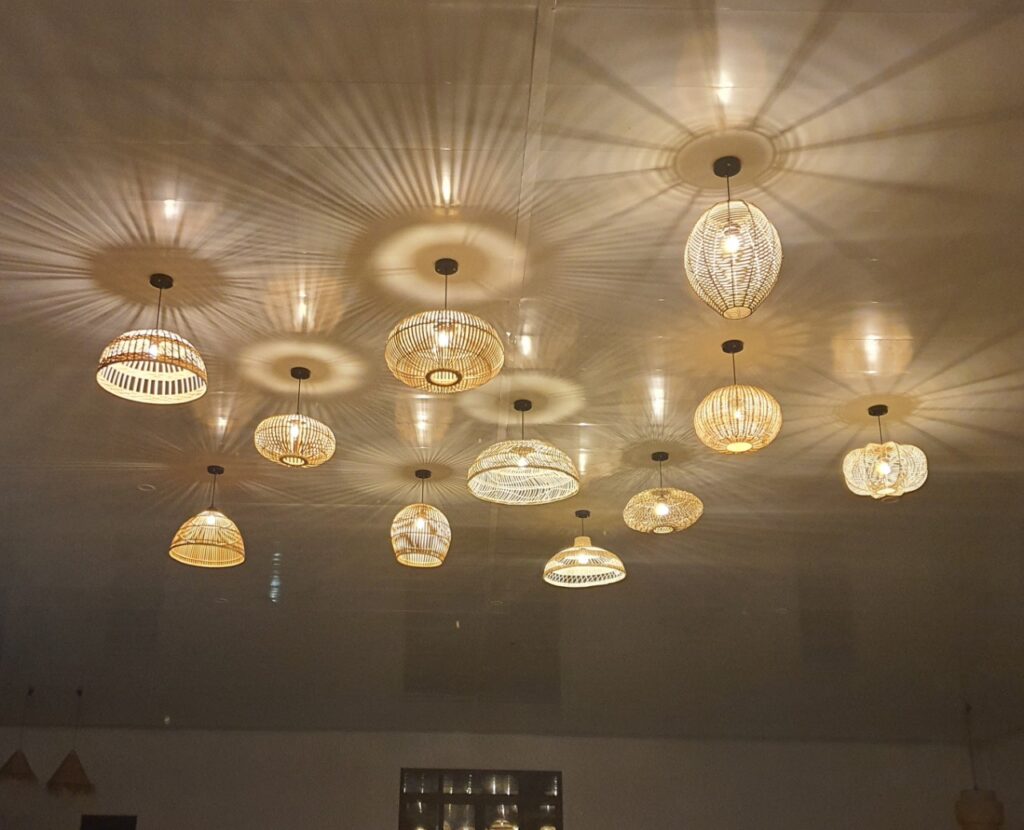
The bamboo processing industry is highly developed in Vietnam. Not only are there hundreds of factories that specialize in bamboo processing, but the material itself can also be used to manufacture a diverse range of products. For example, it can be utilized to create furniture, clothes, and handicrafts, among other things. Vietnam is the 3rd largest exporter of bamboo internationally. There are pure bamboo forests and mixed timber/bamboo forests in virtually every region of Vietnam.
Vietnamese suppliers prefer working with bamboo because the plant grows fast and has a low initial investment cost. Studies have shown that bamboo plantations can increase household income if it’s planted around forest areas. Moreover, Clients also pay more for bamboo products – up to 10-20% more compared to timber.
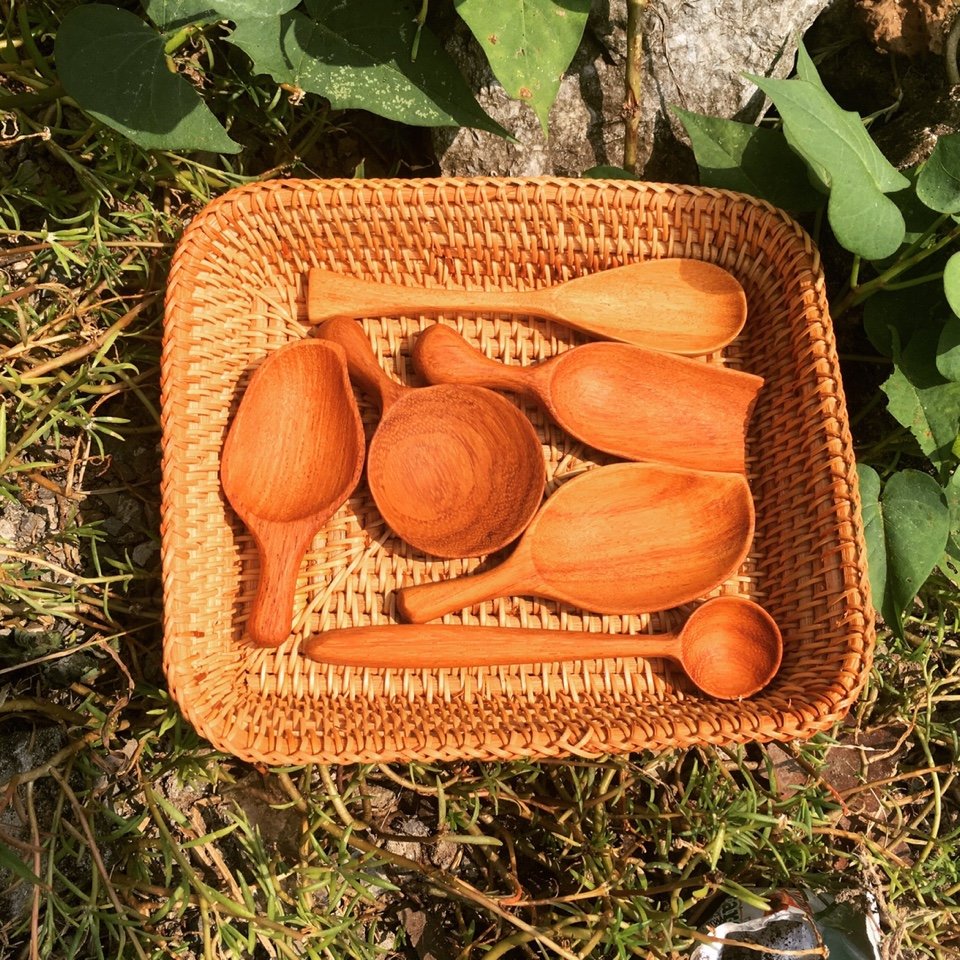
The Vietnamese government is actively trying to make bamboo a core part of its rural development strategy. In fact, the president of the Ministry of Agriculture & Rural Development claimed, “We’re going to integrate a bamboo program in our new National New Rural Development Program.” Consequently, the government expects bamboo plantations to help rural regions develop faster by attracting new investment. Moreover, this initiative aims to not only boost economic growth but also provide sustainable employment opportunities for locals. Furthermore, the push towards bamboo cultivation aligns with the country’s broader goals of promoting environmentally-friendly practices and reducing its carbon footprint.
There are yearly bamboo industry conferences such as the Network of Bamboo and Rattan (INBAR) conference. This is where you can find thousands of bamboo products on display, from household furniture to fashion and beauty products. Some bamboo products used as construction materials.
Areas of Challenges
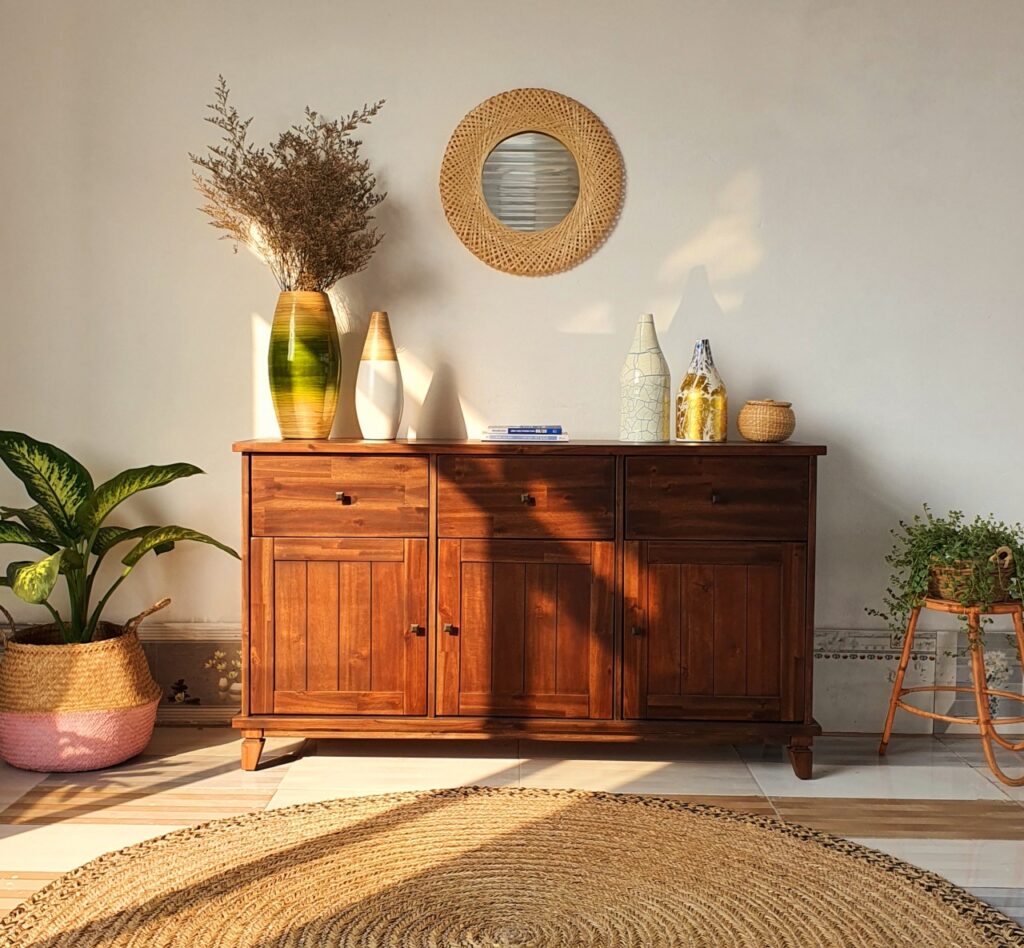
Despite the positive economic environment, considering both the support from the Vietnamese government and the opportunities in global export markets, the handicraft industry in Vietnam continues to face fierce competition, particularly from countries like China and Thailand. Foreign customers express dissatisfaction with Vietnamese handicraft producers due to insufficient production capacity and a lack of market information, resulting in outdated designs, techniques, and manufacturing processes. Here are some critical issues that require attention in order to foster growth:
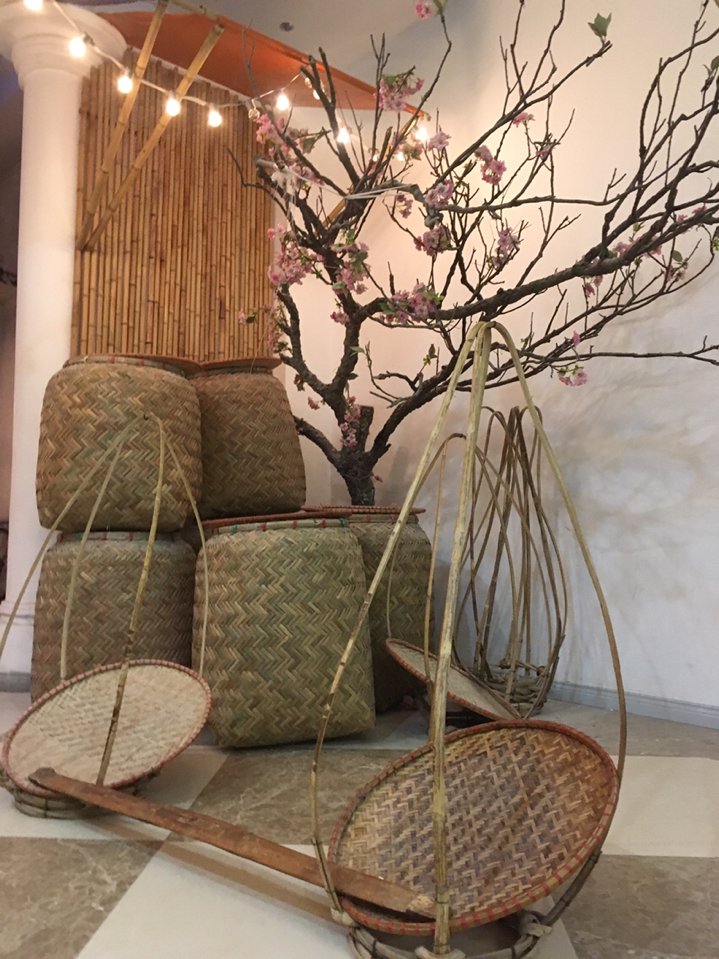
- Inadequate utilization of resources
- Lack of management ability
- Pitiful management organization
- Lack of finances and equipment
- Lack of market data assembling ability
- Poor marketing skills
- Scarcity of vital infrastructure
- Obsolete technology
Current Situation of exports handicrafts Vietnam:
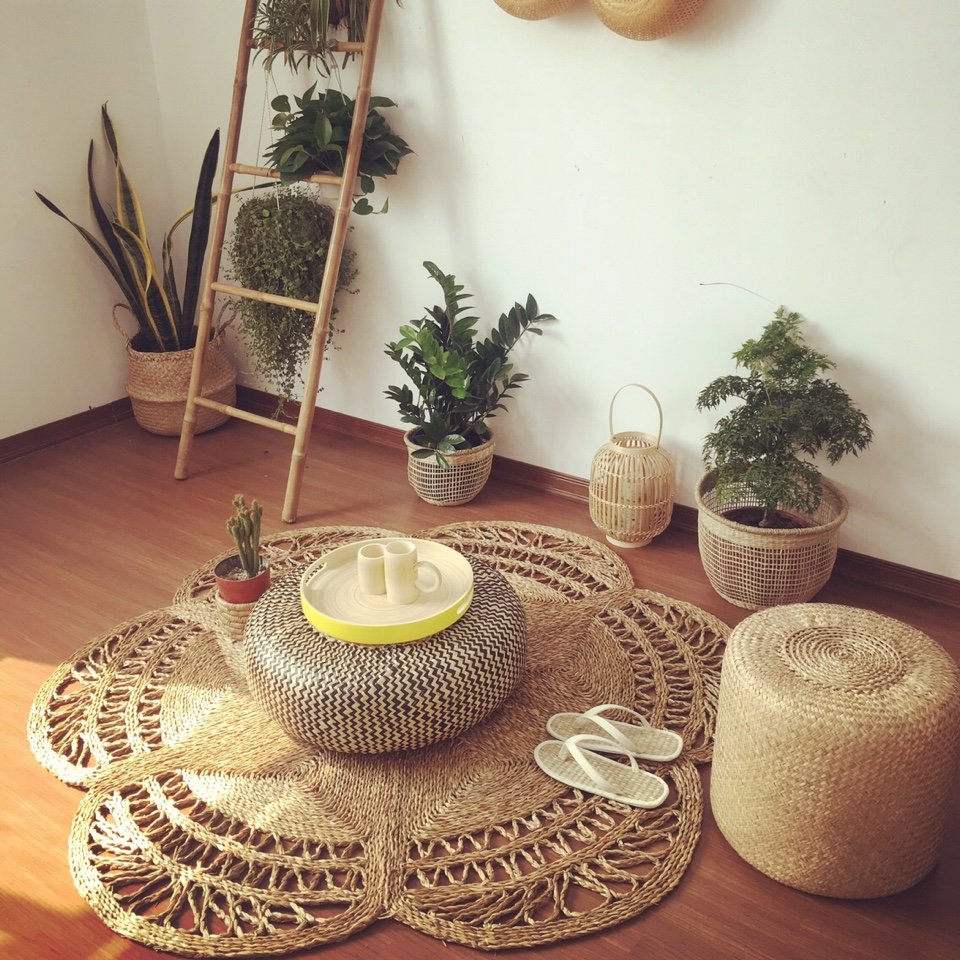
Vietnam is one of the largest exporters of furniture art and handicrafts in Asia, with the average export rate of 13% annually in recent years. Vietnam handicrafts exported to 163 countries and territories. Europe, ASEAN, the Americas, Australia, China, India, Malaysia, Germany and Ukraine is one of the important export market for crafts leading Vietnam, such bags, umbrellas, hats, bamboo, ceramics, rattan, bamboo, wood products. Export sales of handicraft items Vietnam has witnessed a boom out within 10 years, from 274 million in 2000 to 880 million in 2009. In 2009, revenues decreased significantly due to the global economic crisis, thereby causing a downturn in financial performance. Export sales of the first quarter of 2010 was $ 180 million. In the first quarter of 2010, export markets are the U.S., Japan, France, Germany, Taiwan.
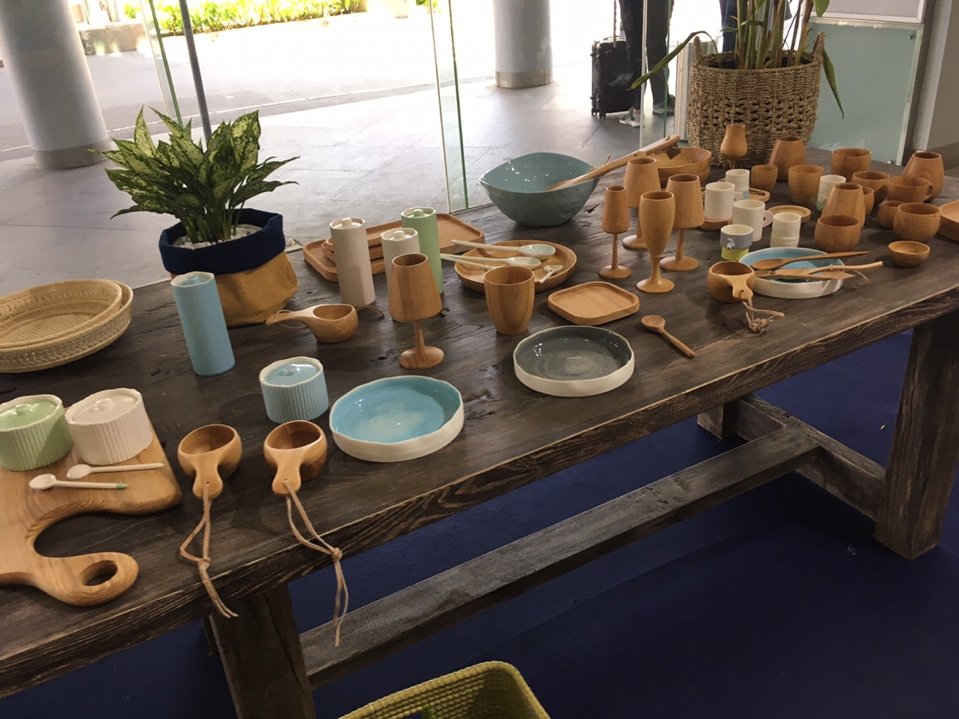
From April 18 to April 21, 2012, Lifestyle Vietnam hosted exhibits of artwork and handicrafts in Ho Chi Minh City. The Vietnam Handicraft Exporting Association organized the event in collaboration with the Ministry of Industry and Trade of Vietnam. The exhibition is a good opportunity for businesses in this area to catch up with customers, thereby allowing them to figure out the best way to produce goods in accordance with customer needs. Furthermore, in the realm of handicraft production, Vietnam ranks second in Asia after China. But, we have the advantage that importers are increasingly shifting away from China and turning to Vietnam to find suppliers, as a result a trend commonly referred to as ‘Vietnamese handicrafts sourcing”.
Vietnamese handicrafts Sourcing Request for For Wood and Bamboo Products in Vietnam => Contact Vietnam Global Sourcing today!
